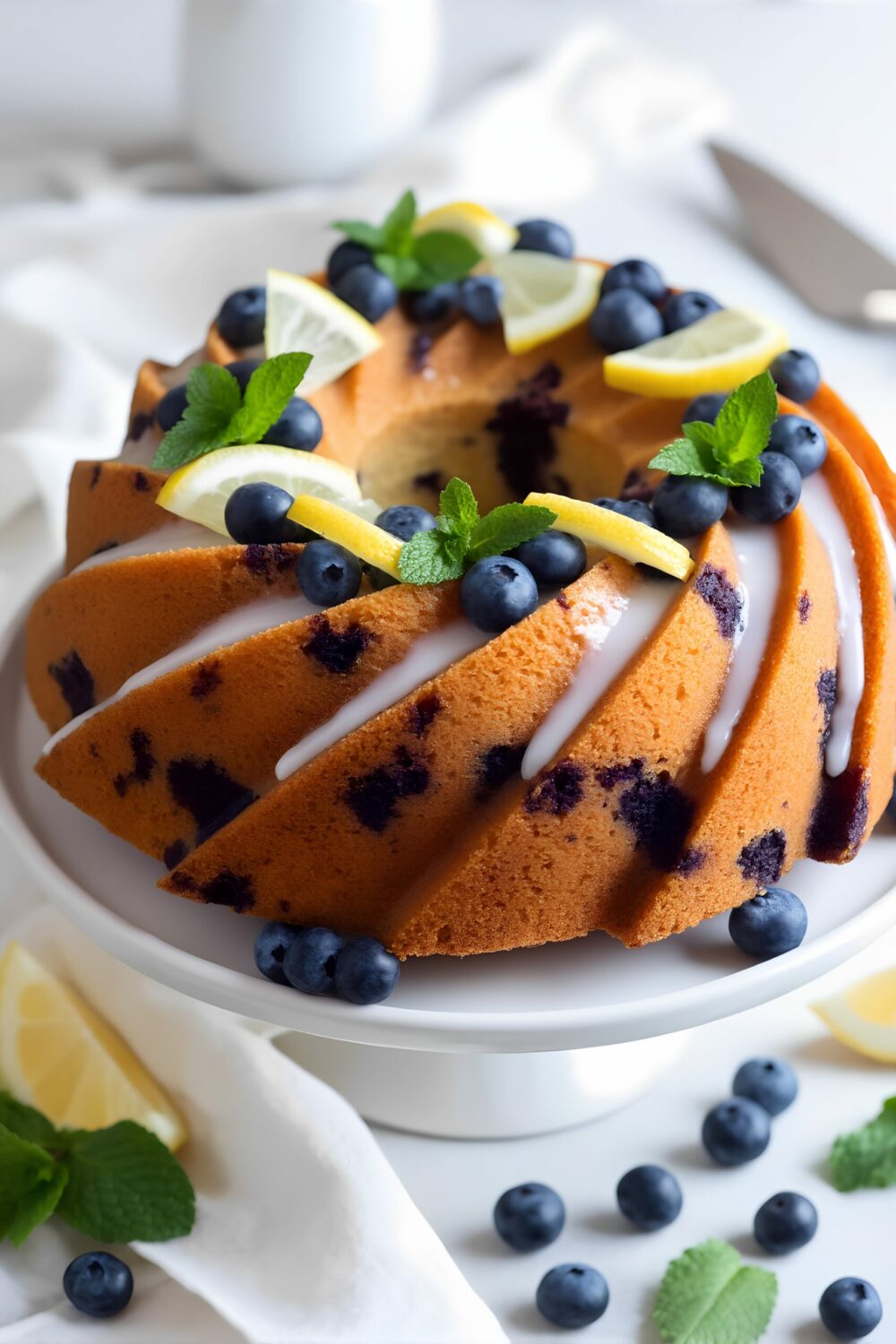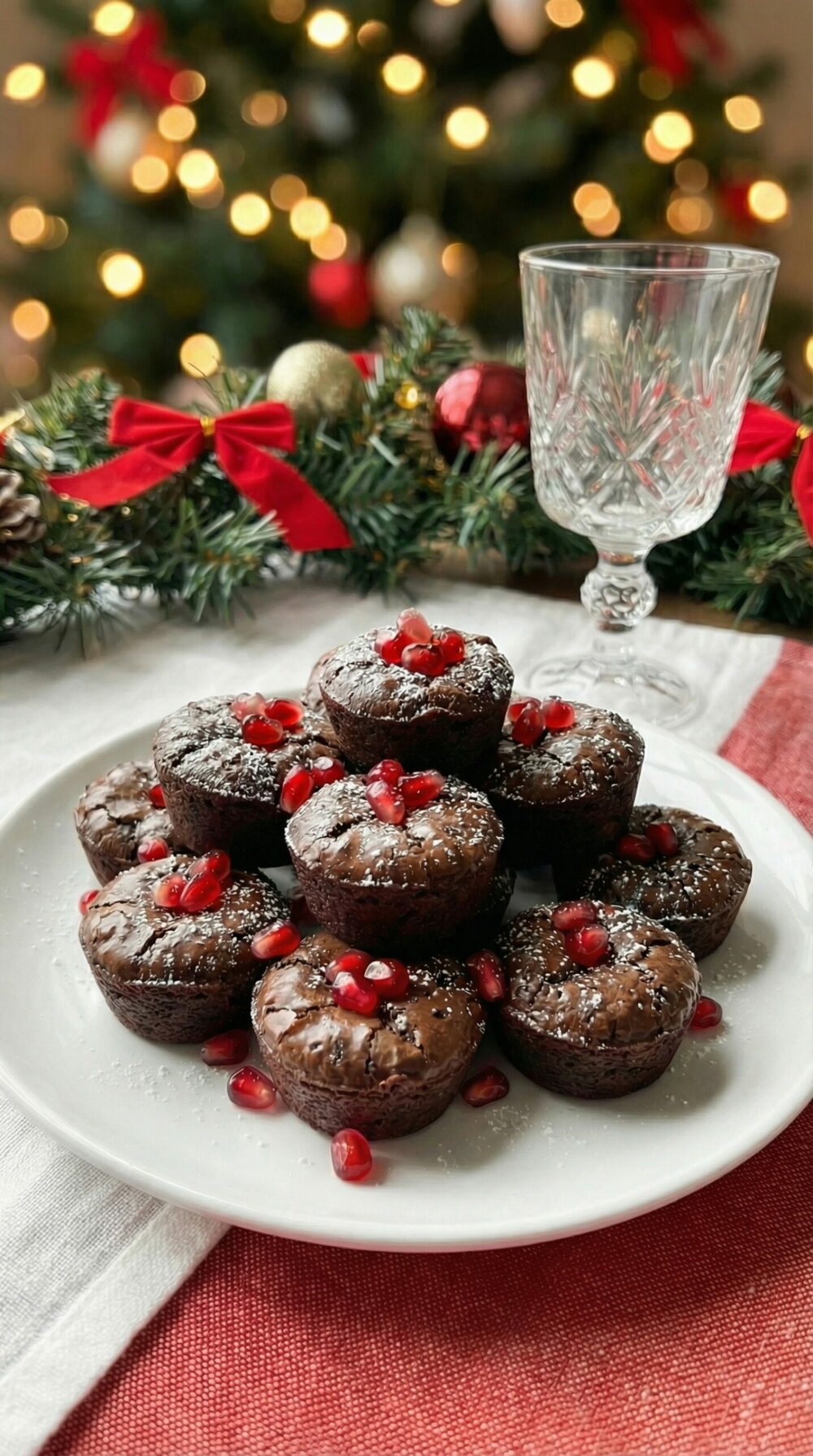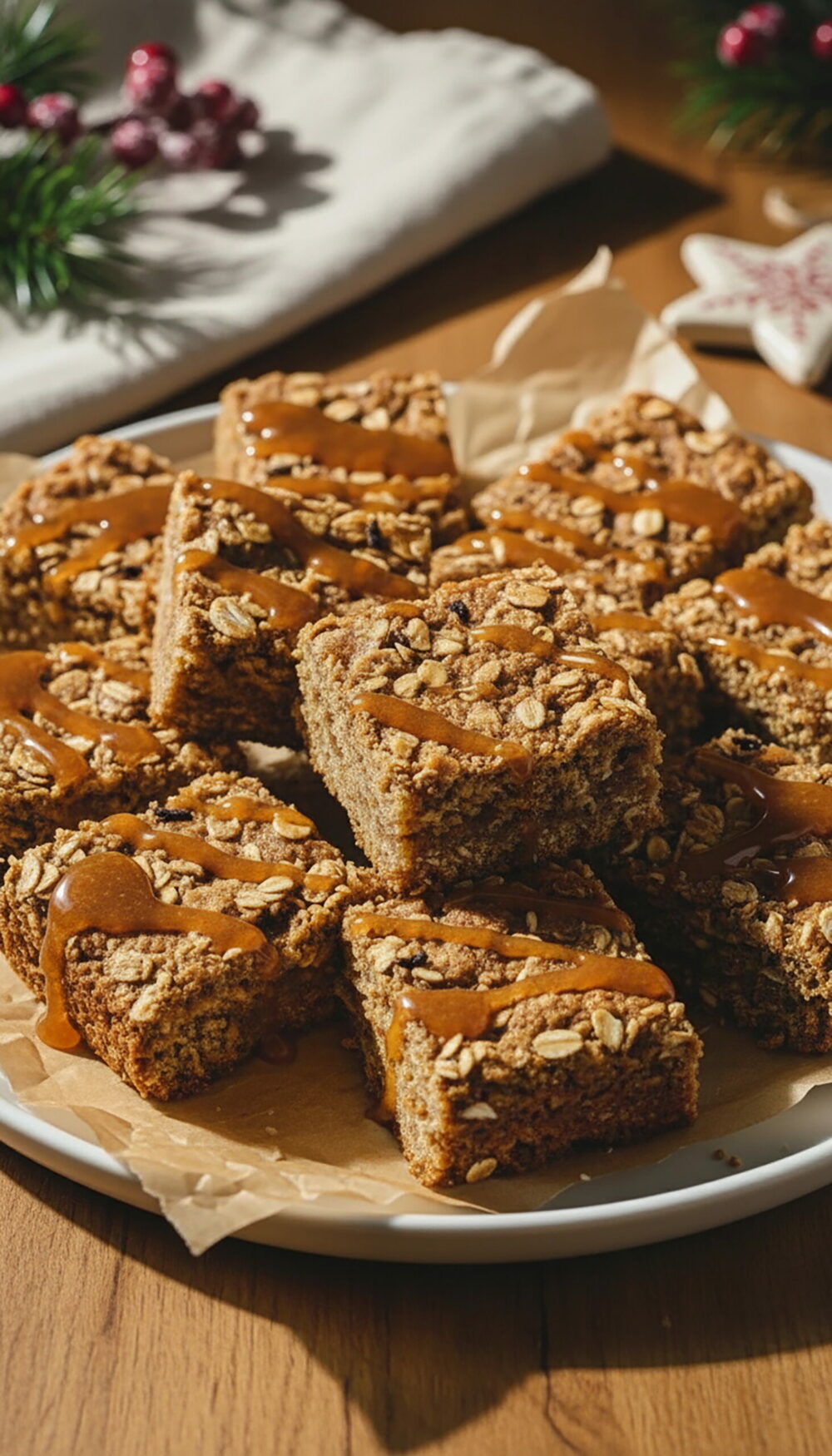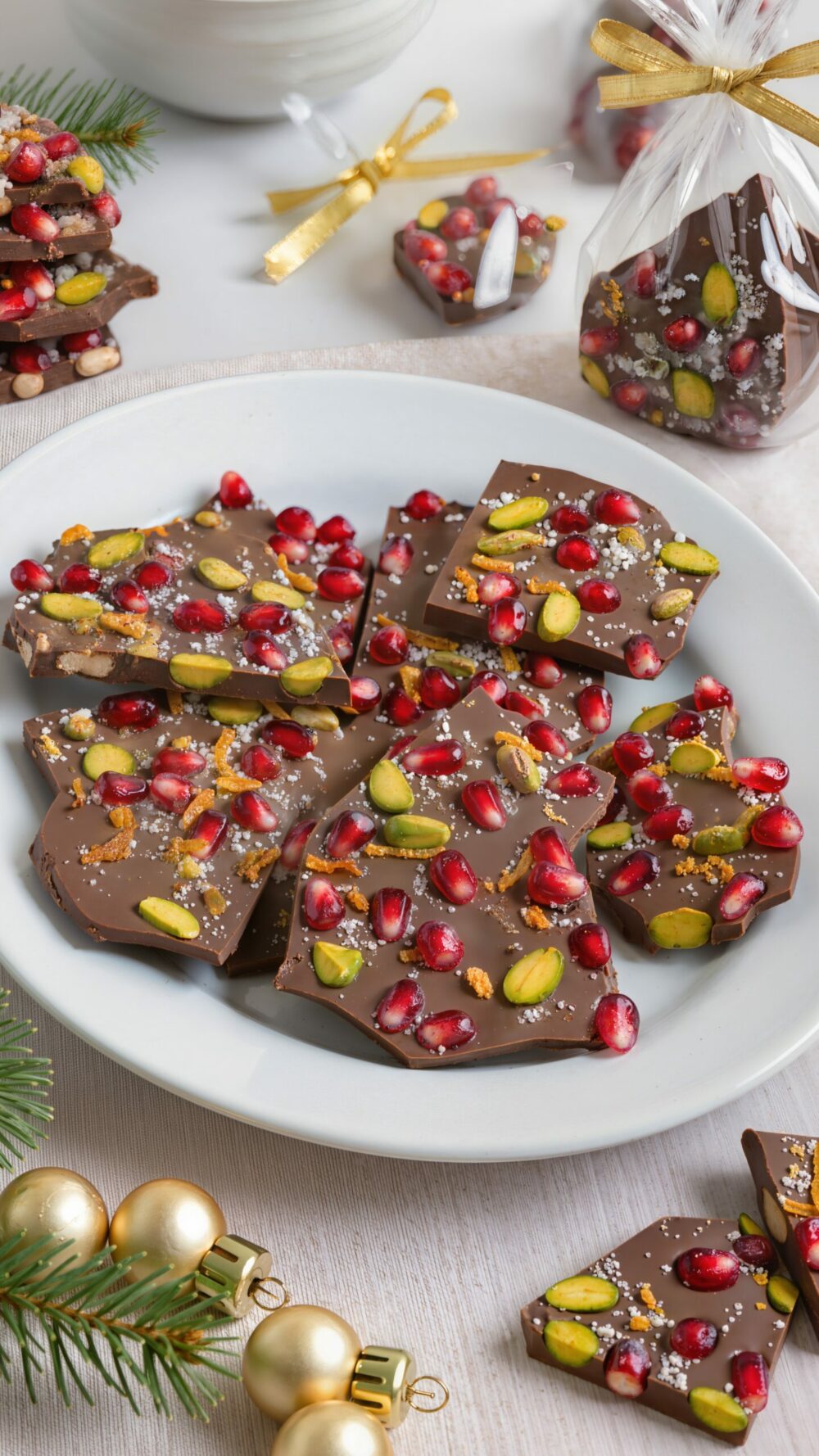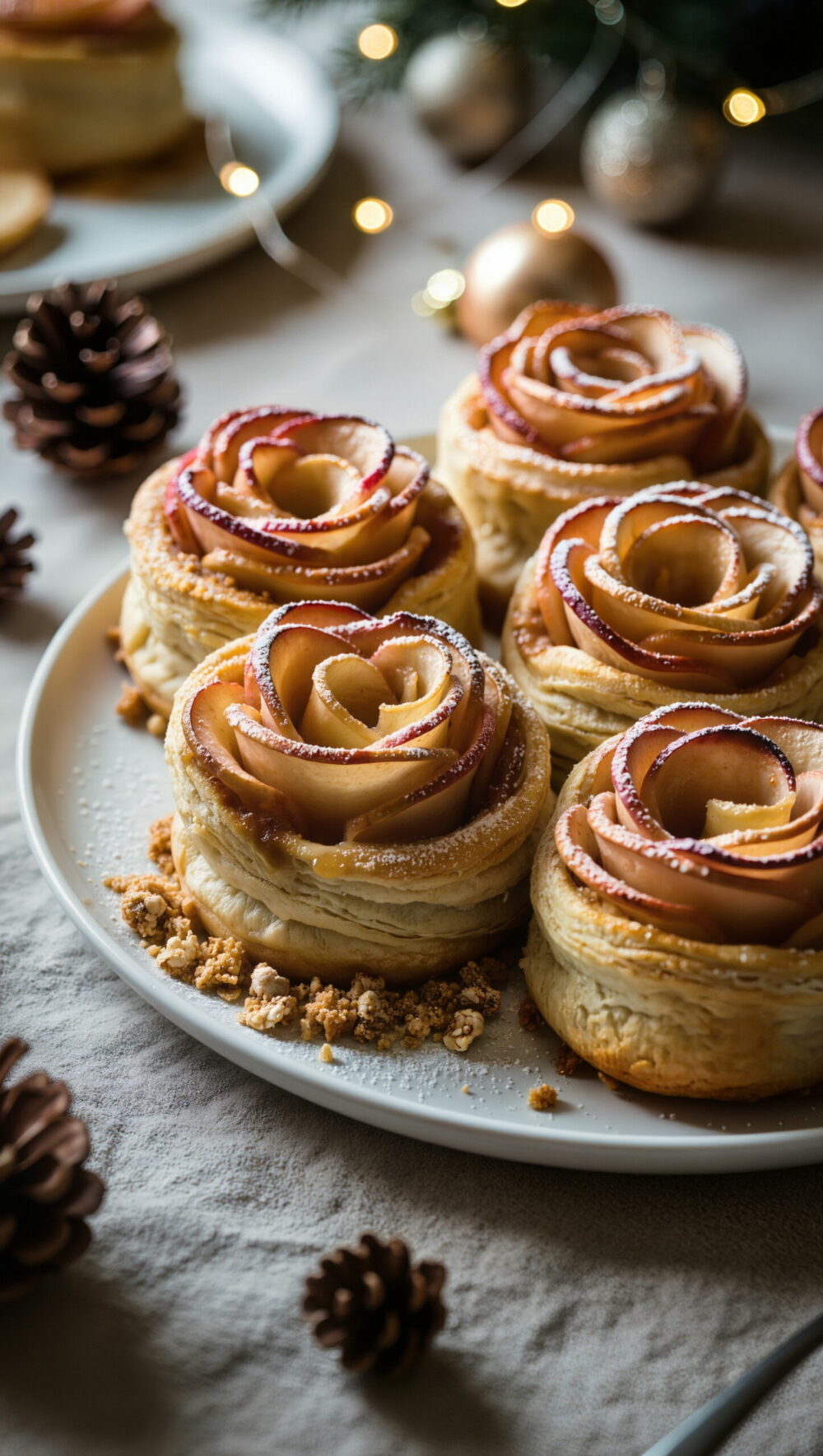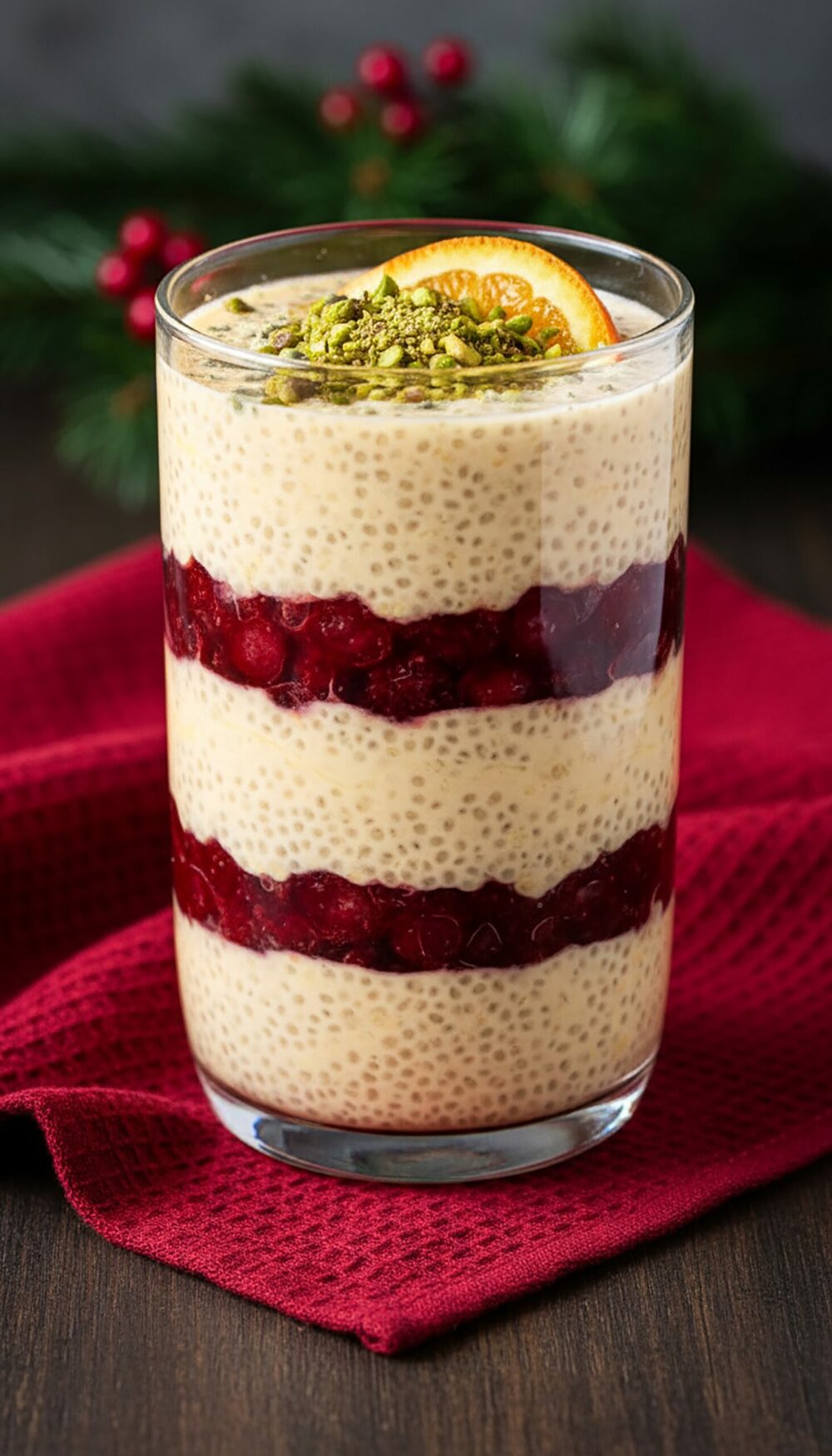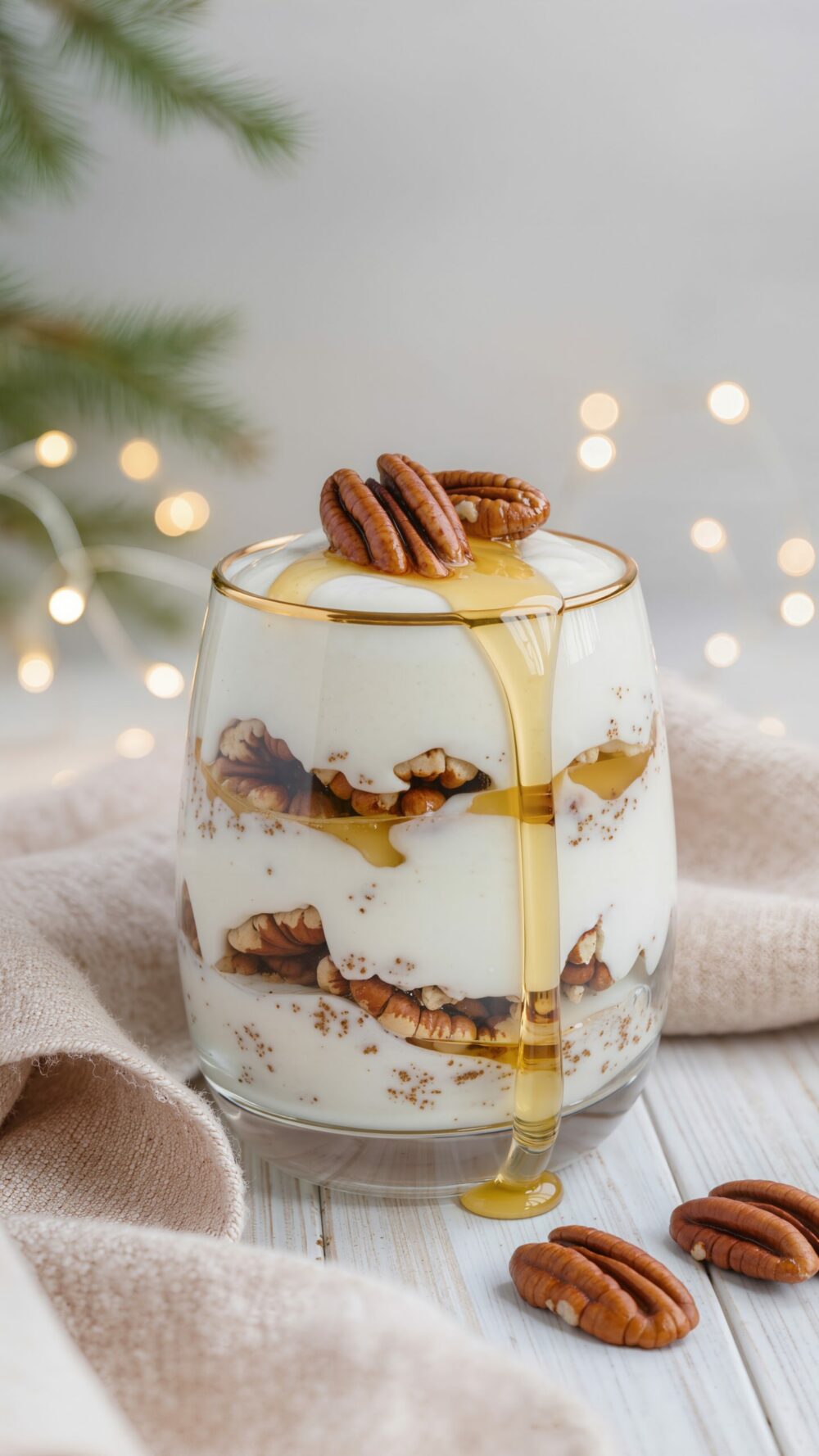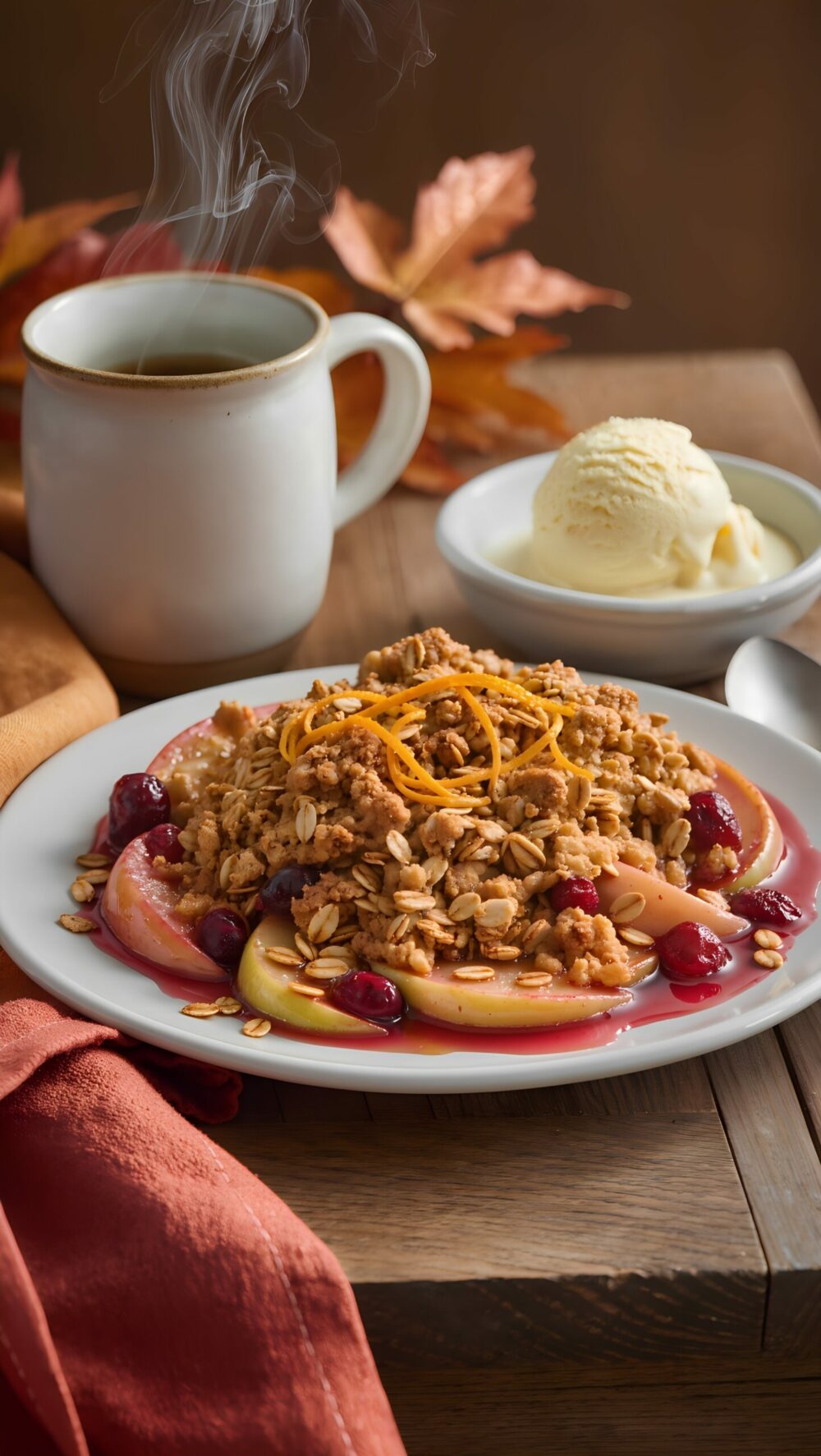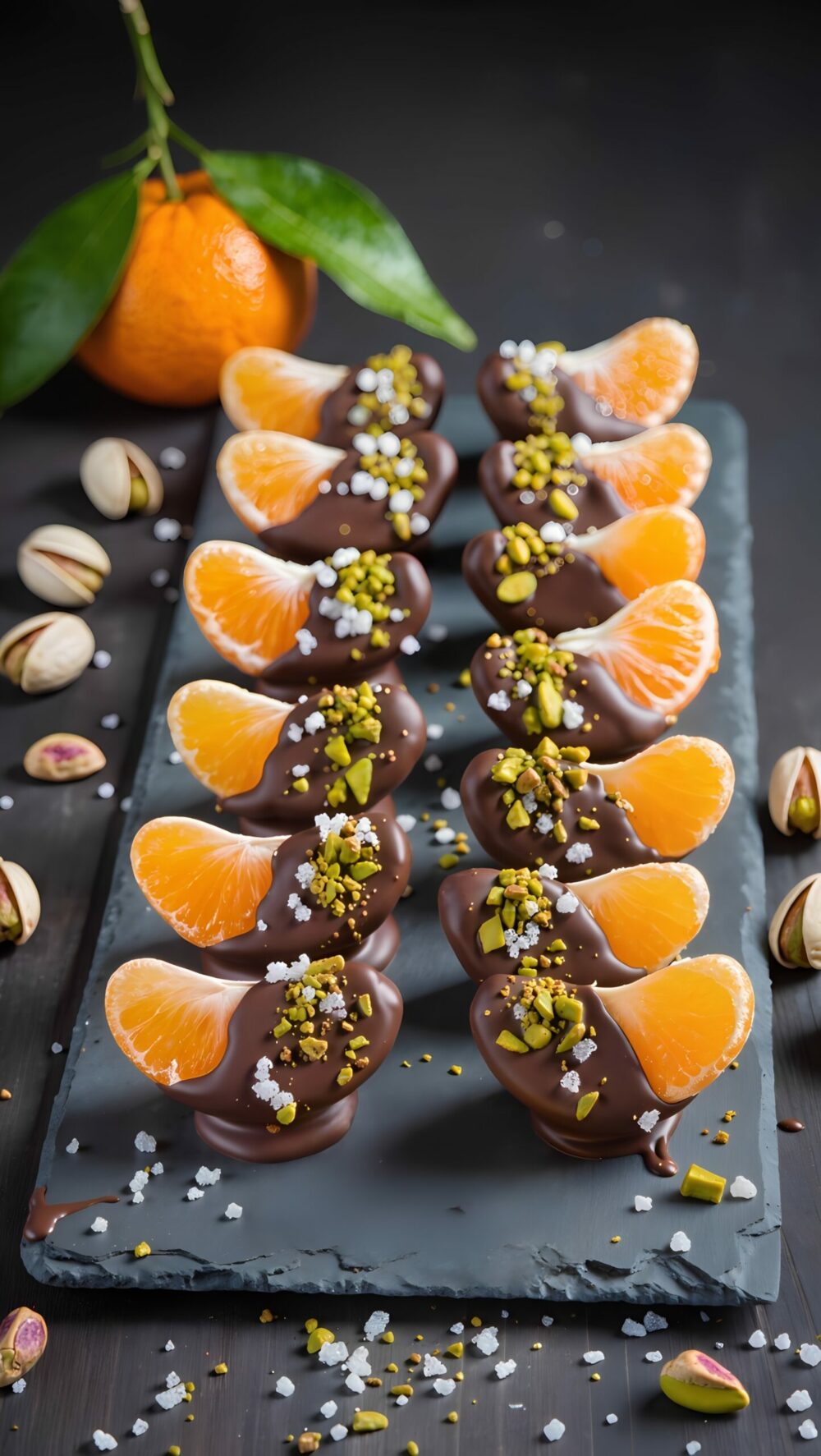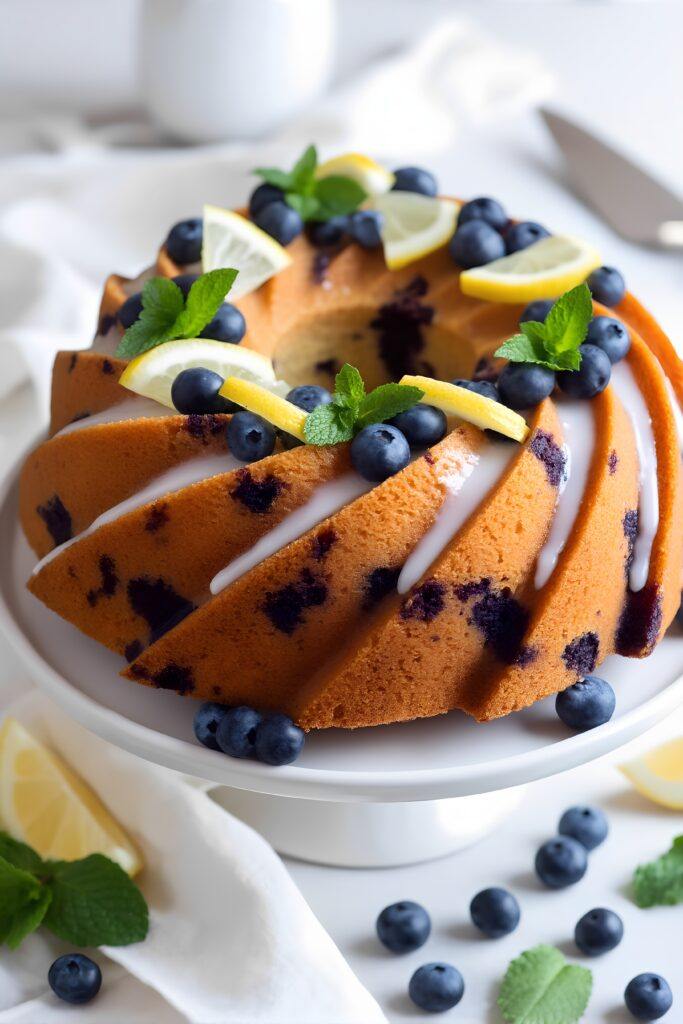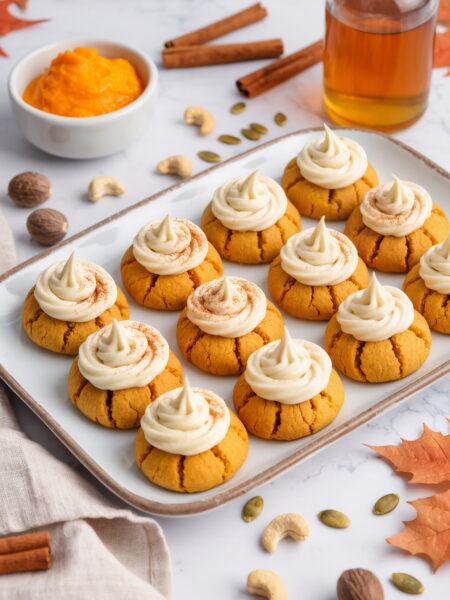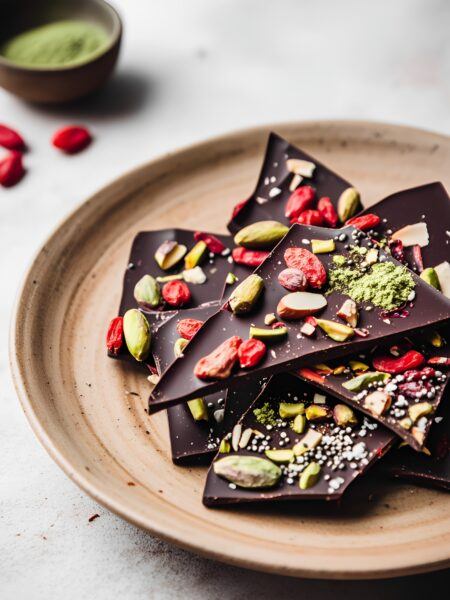Origin and History
The Bundt cake, an American classic inspired by the German Gugelhupf, owes its signature flute‑rimmed silhouette to the original 1950s Nordic Ware pan. This celebratory ring has graced countless milestones, from birthdays to block parties. By weaving blueberries and lemon—symbols of summer harvests—into the batter, this modern variation honors both Midwestern potluck heritage and bright, orchard‑fresh flavors, making it the perfect confection for graduation season.
Unique Ingredients and Flavors
Unlike traditional pound cakes, this recipe folds juicy blueberries directly into a rich, lemon‑laced batter. During baking, the berries burst, leaving dramatic indigo “ink stains” that marble the golden crumb. A tangy white lemon glaze crowns the cooled cake, while whole blueberries, lemon wedges, and mint leaves form a jewel‑tone garland. The result is a balance of sweet, tart, and herbaceous notes with a moist texture that stays tender for days.
Baked to Share
Bundt cakes were designed for gatherings: a single pan feeds a crowd, slices cleanly, and presents beautifully with minimal fuss. When this tassel‑shaped stunner appears on the dessert table, it signals both achievement and abundance—ideal for the pomp and circumstance of a graduation party.
Lemon Blueberry Tassel Bundt – Zesty Grad Party Star
Description
This lemon‑kissed, blueberry‑inked Bundt cake delivers bright citrus zing, pockets of juicy berries, and a glossy glaze topped with blueberry, lemon, and mint accents—an effortless yet elegant finale to any celebration.
Ingredients for Lemon Blueberry Tassel Bundt – Zesty Grad Party Star
Basement of Bundt Batter
Glaze
Topping / Garnish
Instructions
Preparing the Batter
-
Prep the Pan and Oven
Preheat the oven to 350°F. Generously grease a 10‑ to 12‑cup Bundt pan with softened butter, then dust with flour, tapping out the excess.
A baking spray that contains flour works too; meticulous coating ensures those elegant swirls release intact. -
Mix the Dry Ingredients
In a medium bowl, whisk together all‑purpose flour, baking powder, baking soda, and salt until evenly combined.
Sifting once more over a sheet of parchment keeps the mixture aerated. -
Cream Butter, Sugar, and Lemon Zest
In a stand mixer fitted with the paddle, beat softened butter, granulated sugar, and lemon zest on medium‑high until pale and fluffy, about 4 minutes.
Proper creaming traps air, yielding a lighter crumb. -
Incorporate Eggs
Beat in the eggs one at a time, scraping the bowl after each addition until fully blended.
Adding eggs slowly prevents curdling and maintains volume. -
Alternate Dry Ingredients and Liquids
On low speed, add one‑third of the flour mixture, followed by half the lemon juice and half the buttermilk. Repeat, ending with the remaining flour mixture. Mix just until the last streaks disappear.
Over‑mixing toughens the cake; stop as soon as you have a cohesive batter. -
Fold in Blueberries
Toss the blueberries with 1 Tbsp extra flour, then gently fold them into the batter using a silicone spatula.
The light dusting of flour helps suspend the berries, creating those signature blueberry “ink stains.”
Baking the Bundt
-
Fill and Bake
Spoon the batter evenly into the prepared Bundt pan, smoothing the top. Bake on the center rack for 50–55 minutes, or until a skewer inserted into the deepest part comes out clean.
If the top browns too quickly, tent loosely with foil for the final 10 minutes. -
Cool and Release
Transfer the pan to a wire rack and cool for 15 minutes. Invert the cake onto the rack and lift off the pan; cool completely before glazing.
Allowing the cake to rest ensures steam relaxes the crumb, preventing breaks when unmolding.
Glazing and Decorating
-
Prepare the Glaze
Whisk powdered sugar with 3 Tbsp lemon juice. Add additional juice a teaspoon at a time until the glaze ribbons off the whisk in a thick stream.
A too‑thin glaze will slide off; aim for the consistency of maple syrup. -
Glaze the Cake
Set the cooled cake on a parchment‑lined tray. Slowly pour the glaze over the crown, letting it flow naturally down the ridges in even drips.
Catch excess glaze on the parchment and spoon back for a second pass if you prefer extra coverage. -
Add Garnishes
While the glaze remains tacky, arrange whole blueberries, lemon wedges, and mint leaves along the top in a symmetrical pattern.
Work quickly; once the glaze sets, garnishes will not adhere well.
Serving the Cake
-
Slice and Present
Transfer the finished Bundt to a pedestal or platter. To serve, cut along the grooves into 12 generous slices and present with additional mint sprigs for color.
A warm knife dipped in water will slice cleanly through the glaze without cracking it.
Note
- Ensure all refrigerated ingredients are at room temperature for a seamless batter.
- Dusting blueberries with flour prevents them from settling at the base of the pan.
- Do not rush the cooling period; a hot Bundt is fragile and prone to tearing.
- Store leftovers tightly covered at room temperature for up to 2 days or refrigerated up to 5 days.
- Freeze individual slices, wrapped, for up to 2 months; thaw in the fridge overnight.
- For a dairy‑free version, substitute butter with plant‑based sticks and buttermilk with oat milk plus 1 Tbsp vinegar.
- To intensify lemon flavor, replace half the buttermilk with limoncello and reduce sugar by ¼ cup.
- If using a dark metal Bundt pan, reduce oven temperature to 340°F to prevent over‑browning.
- Replace mint with edible violas or rosemary sprigs for seasonal flair.
- A dusting of powdered sugar over the cooled glaze adds extra visual drama.

